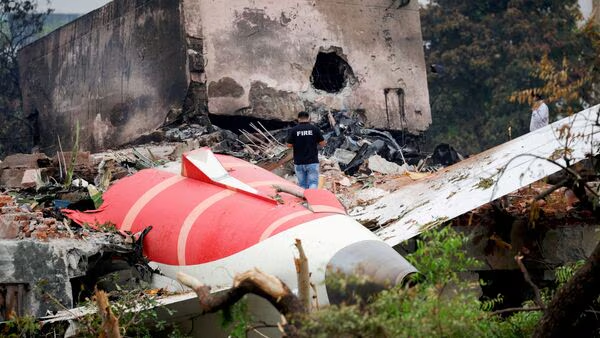
Aviation disasters are not just mechanical failures — they are stories of lost lives, broken families, and lessons learned in the harshest of ways. One such heartbreaking chapter in India’s aviation history is the crash of Air India Flight 171 on January 24, 1966.
The tragedy, which claimed the lives of all 117 people on board, occurred just off the coast of Bombay (now Mumbai). It remains one of the earliest and deadliest air disasters in Indian civil aviation history.
Flight Details: Air India 171
- Flight Name: Air India Flight 171
- Aircraft: Boeing 707-437
- Name of Aircraft: Kanchenjunga
- Flight Route: From Beirut (Lebanon) to Delhi (India) via Geneva and Bombay
- Date of Crash: January 24, 1966
- Fatalities: 117 (all passengers and crew)
- Survivors: 0
Investigation Findings
The crash investigation led by Indian and international authorities concluded that:
- The engine failure and separation was caused by a fire originating from a fuel leak.
Notable Passenger: Dr. Homi Jehangir Bhabha
One of the most prominent victims was Dr. Homi J. Bhabha, a world-renowned Indian nuclear physicist and the father of India’s nuclear program. He was en route to Vienna to attend a meeting at the International Atomic Energy Agency (IAEA).
His death was a huge loss to India’s scientific and strategic community, and it added a layer of national mourning to an already tragic event.
Aftermath and Legacy
- The wreckage was never fully recovered, as the crash occurred in deep waters.
- The tragedy had a long-lasting impact on India’s aviation safety protocols.
- Air India faced scrutiny over maintenance procedures and aircraft aging issues.
Historical Significance
- Altered the course of India’s nuclear strategy (with the loss of Dr. Bhabha),
- Marked a turning point for maintenance regulations in Indian aviation,
- And reminded the world of the fragility of human progress in the face of mechanical failure.
A Tragic Coincidence:
Second Air India Crash at Mont Blanc
That crash involved the Lockheed Constellation named Malabar Princess.
The Homi Bhabha Theory: Was It Sabotage?
One of the most controversial aspects of the crash is the presence of Dr. Homi Jehangir Bhabha, the father of India’s nuclear program, who was onboard.
Many theorists and journalists have suggested that Dr. Bhabha’s death may not have been accidental.
Conspiracy Claims:
- Some allege CIA involvement to halt India’s nuclear ambitions.
- Theories cite a sabotaged altimeter or inaccurate radar guidance.
- No official evidence has ever proven foul play.
In Memory
Today, we remember the 117 souls lost aboard Flight 171. that ended
FOR MORE BLOGS- beyondthepunchlines.com







